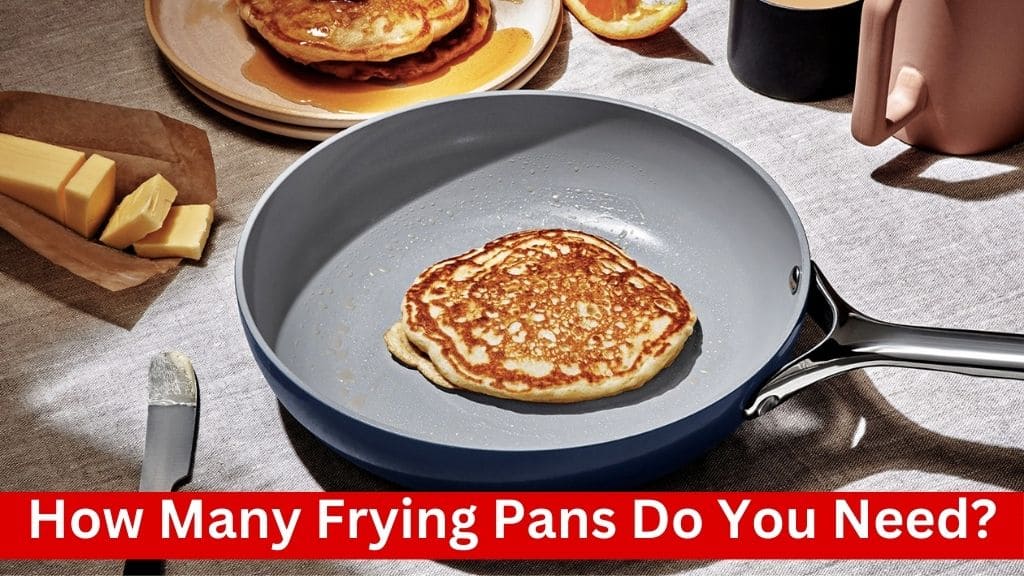In the realm of kitchen essentials, frying pans play a pivotal role. From sizzling breakfasts to hearty dinners, these versatile cookware items are a staple in any culinary arsenal. But how many frying pans do you really need? In this comprehensive guide, we’ll explore the factors influencing the number of frying pans you should have in your kitchen and provide insights to help you make informed decisions.
Understanding the Basics
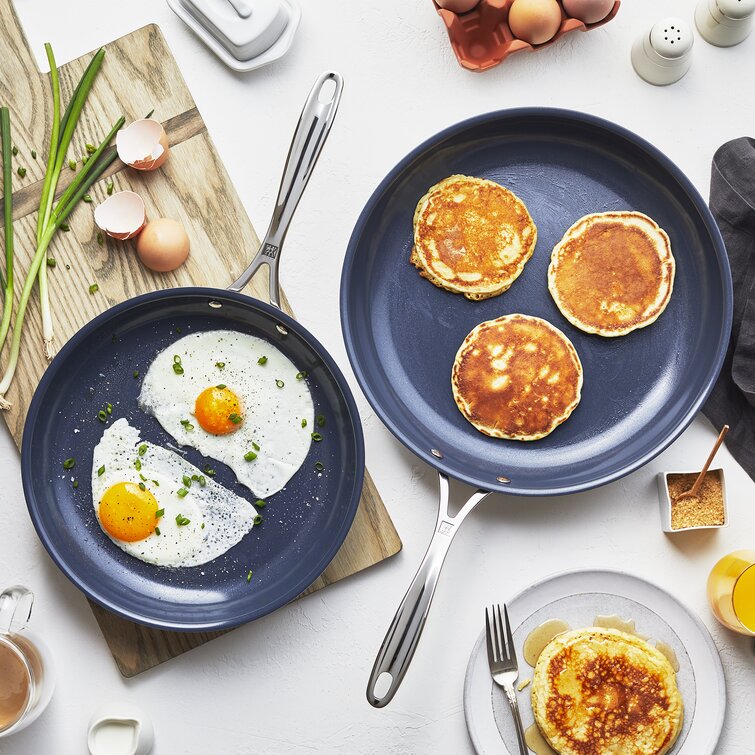
Before delving into the ideal quantity of frying pans, let’s first understand their significance and functionality.
The Role of Frying Pans
Frying pans, also known as skillets, are flat-bottomed cookware items with shallow sides and long handles. They are primarily used for frying, sautéing, searing, and browning food items. Unlike pots, which are deeper and often used for cooking liquids and stews, frying pans are designed for cooking with minimal oil or fat.
Versatility and Utility
One of the key reasons frying pans are essential in the kitchen is their versatility. From frying eggs and searing steaks to stir-frying vegetables and even baking certain dishes, these pans can handle a wide range of cooking techniques. Their flat cooking surface allows for even heat distribution, ensuring consistent results.
Factors Influencing the Number of Frying Pans
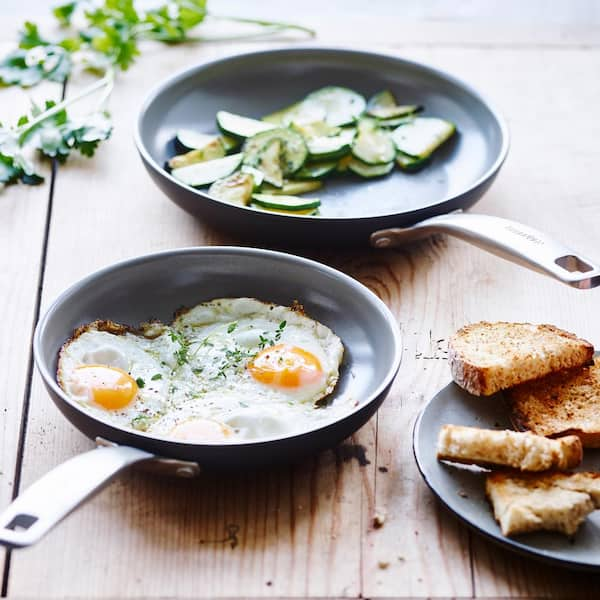
Cooking Frequency and Variety
Cooking Frequency:
- Regular Cooks: If you cook meals at home frequently, you may find yourself needing a greater variety of frying pans to accommodate different dishes and cooking techniques.
- Occasional Cooks: Those who cook infrequently or rely on simple recipes may require fewer frying pans, potentially just one or two versatile options.
Cooking Variety:
- Cuisine Preferences: If you enjoy preparing a diverse range of cuisines, you may benefit from owning multiple frying pans suited to specific cooking styles, such as a wok for stir-frying or a grill pan for barbecuing indoors.
- Specialty Cooking Techniques: Certain cooking techniques, such as searing, braising, or shallow frying, may necessitate specific types or sizes of frying pans to achieve optimal results.
Household Size and Cooking Habits
Family Size:
- Large Families: Larger households with multiple members may need additional frying pans to accommodate larger meal quantities and diverse preferences.
- Small Households: Individuals or small families may require fewer frying pans, especially if they prefer cooking smaller portions or eating out occasionally.
Cooking Habits:
- Meal Preparation: Consider whether you prefer preparing meals in batches or cooking individual servings. Batch cooking may necessitate larger frying pans or multiple pans for simultaneous cooking.
- Entertaining Guests: If you frequently host dinner parties or gatherings, having extra frying pans can facilitate efficient meal preparation and serving.
Kitchen Space and Storage Capacity
Storage Constraints:
- Limited Space: In smaller kitchens with limited storage space, prioritizing essential frying pans and opting for stackable or nesting designs can help maximize storage efficiency.
- Open Shelving: If you have open shelving or display racks in your kitchen, choosing aesthetically pleasing frying pans can serve both functional and decorative purposes.
Accessibility:
- Accessibility Considerations: Ensure that your chosen frying pans are easily accessible and convenient to use based on your kitchen layout and organization preferences.
- Modular Storage Solutions: Utilize modular storage solutions, such as hanging racks or wall-mounted organizers, to free up cabinet space and keep frying pans within reach.
Budget and Quality Considerations
Budget Constraints:
Affordability: Balancing quality and affordability is key when selecting frying pans. While premium options may offer superior performance and durability, budget-friendly alternatives can still provide satisfactory results.
Long-Term Investment:
- Durability: Investing in high-quality frying pans made from durable materials, such as stainless steel or cast iron, can yield long-term benefits by minimizing the need for frequent replacements.
- Multi-Functional Design: Choose frying pans with versatile designs that can adapt to various cooking tasks and withstand regular use without compromising performance or durability.
Determining the Right Number of Frying Pans
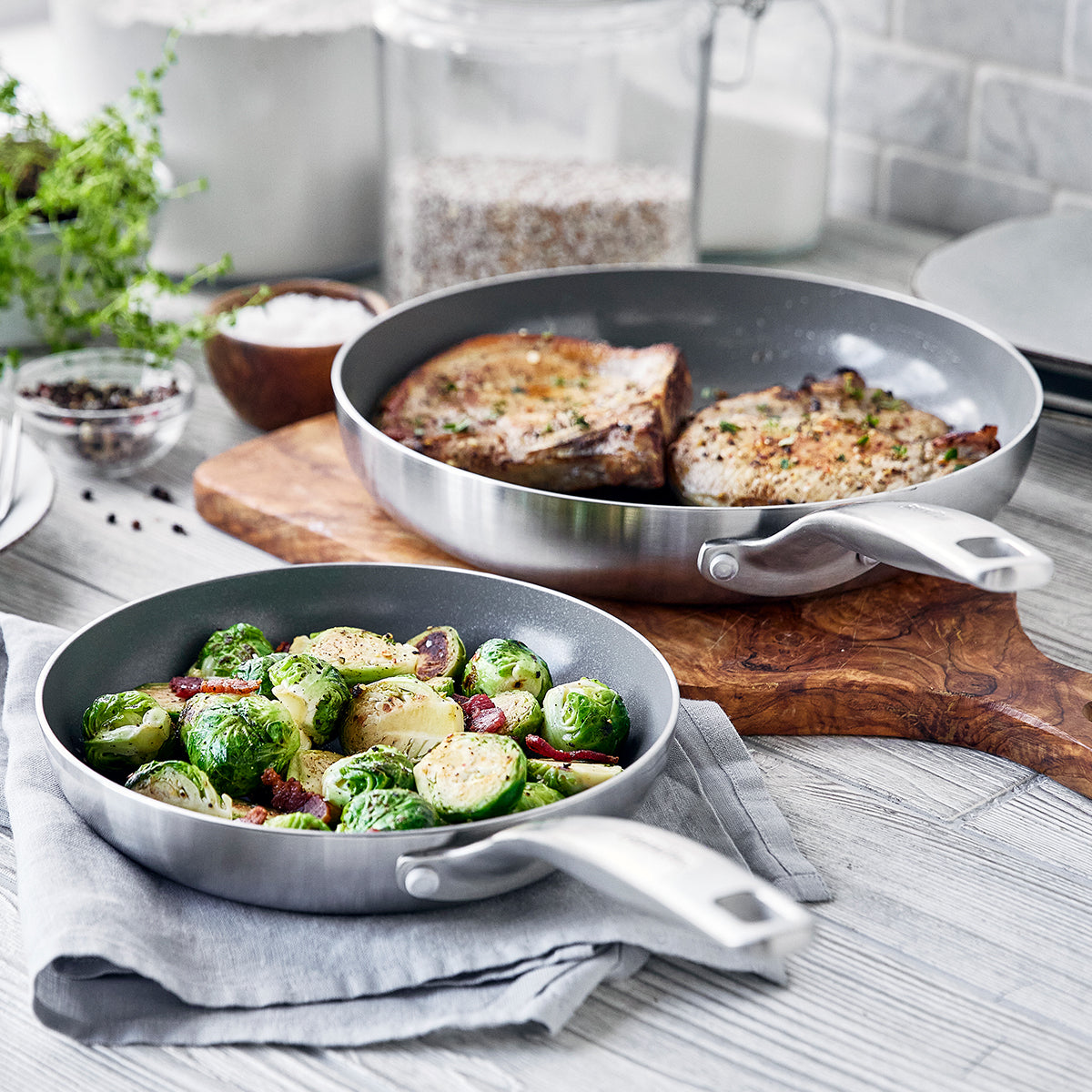
Scenario 1: Minimalist Cook
Cooking Style:
Simple Recipes: If you prefer cooking straightforward recipes with minimal fuss, you may find that one well-chosen frying pan is sufficient for most of your cooking needs.
Practical Recommendation:
Single Frying Pan: Opt for a medium-sized skillet (approximately 10-12 inches) made from a durable material like stainless steel or cast iron. This versatile pan can handle a variety of cooking tasks, from frying eggs to sautéing vegetables.
Scenario 2: Occasional Home Cook
Cooking Frequency:
Moderate Cooking: For those who cook occasionally or enjoy a moderate variety of dishes, having a couple of frying pans can provide flexibility without overwhelming your kitchen space.
Practical Recommendation:
Two Frying Pans: Consider owning a small skillet (around 8 inches) for everyday use and a larger skillet (12 inches) for batch cooking or preparing larger meals when needed. This combination allows you to tackle a range of recipes without cluttering your kitchen with excessive cookware.
Scenario 3: Avid Home Chef
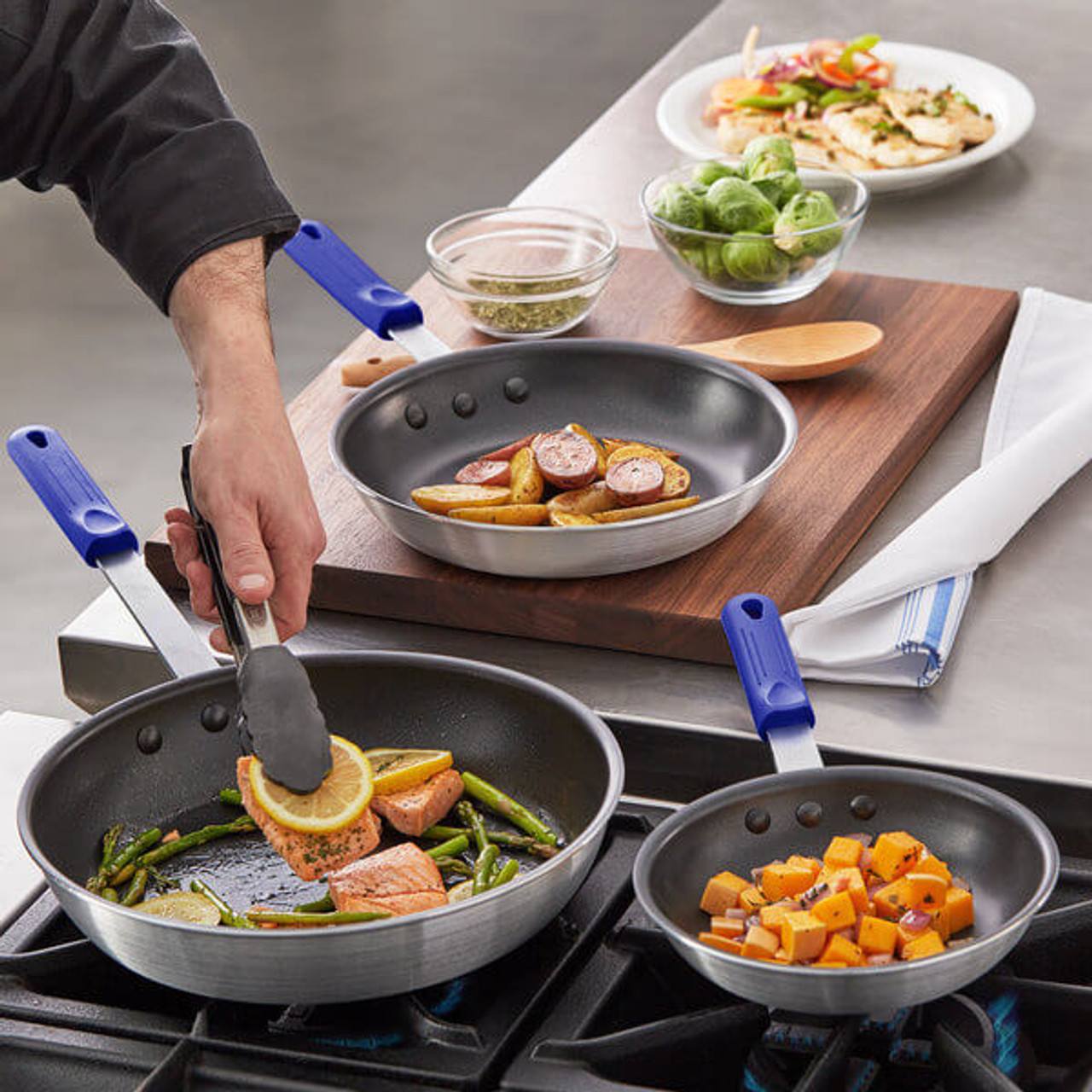
Cooking Enthusiasm:
Explorative Cooking: If you’re passionate about cooking and enjoy experimenting with different recipes and techniques, investing in a comprehensive collection of frying pans can enhance your culinary repertoire.
Practical Recommendation:
Multiple Frying Pans: Aim to have a small skillet (8 inches) for delicate tasks, a medium skillet (10-12 inches) for everyday cooking, and a large skillet (12-14 inches) for family meals or batch cooking. Additionally, consider adding specialty frying pans, such as a grill pan or wok, to cater to specific culinary interests and preferences.
Scenario 4: Culinary Enthusiast or Professional Chef
Culinary Expertise:
Advanced Cooking Skills: For culinary enthusiasts or professional chefs who demand precision and versatility in their cookware collection, having a wide range of frying pans tailored to specific tasks and cuisines is essential.
Practical Recommendation:
Extensive Frying Pan Collection: Invest in a selection of frying pans tailored to your cooking needs, including small, medium, and large sizes for different recipes and quantities. Additionally, consider acquiring specialty frying pans, such as a sauté pan, crepe pan, or paella pan, to accommodate diverse cooking techniques and culinary creations.
Conclusion
The ideal number of frying pans varies depending on individual preferences, cooking habits, and kitchen constraints. Whether you’re a minimalist cook seeking simplicity or a culinary enthusiast exploring diverse cuisines, selecting the right quantity and variety of frying pans can enhance your cooking experience and elevate your culinary creations. By considering factors such as cooking frequency, household size, kitchen space, budget, and quality preferences, you can determine the perfect number of frying pans to suit your needs. Remember, it’s not just about quantity but also about selecting quality cookware that inspires creativity and delivers exceptional results in the kitchen. Happy cooking!

